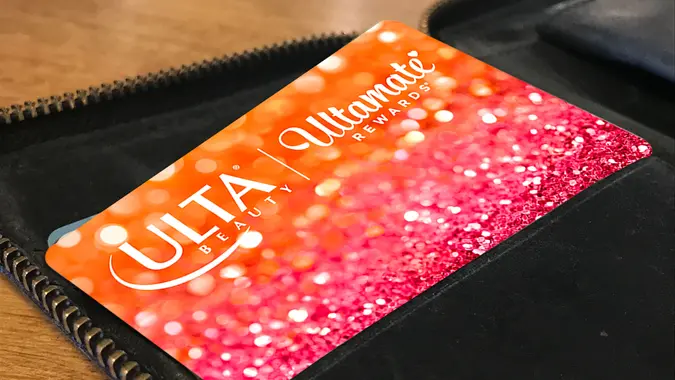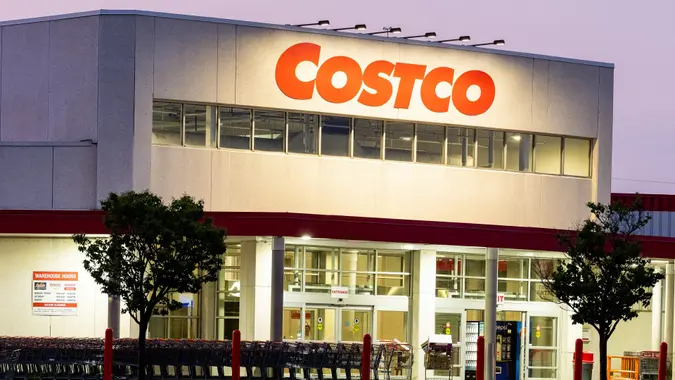Advertiser Disclosure
GOBankingRates works with many financial advertisers to showcase their products and services to our audiences. These brands compensate us to advertise their products in ads across our site. This compensation may impact how and where products appear on this site. We are not a comparison-tool and these offers do not represent all available deposit, investment, loan or credit products.
9 Costliest Mistakes You Make When Shopping Amazon
 Written by
J. Arky
Written by
J. Arky
 Edited by
Rebekah Evans
Edited by
Rebekah Evans

Commitment to Our Readers
GOBankingRates' editorial team is committed to bringing you unbiased reviews and information. We use data-driven methodologies to evaluate financial products and services - our reviews and ratings are not influenced by advertisers. You can read more about our editorial guidelines and our products and services review methodology.

20 YearsHelping You Live Richer

Reviewed by Experts

Trusted by Millions of Readers
Shopping on Amazon can be a truly delightful experience if you know the ins and outs of how to navigate the online retail jungle. As great as the prices and deals are for everyday items listed on Amazon, customers can make mistakes that cost them money while they think they are actually getting a bargain.
“These mistakes can add up over time, resulting in wasted money and missed opportunities for savings,” said Karl Filmore, a consumer advocate and co-editor of Coupon Keg.
“By being mindful of these pitfalls and adopting savvy shopping habits, consumers can make the most of their Amazon shopping experience while maximizing their budgets,” he said.
What are some of the most common shopping mistakes consumers make when shopping through Amazon, which includes the Amazon Prime Program, and how do these mistakes cost them in the long run? GOBankingRates has some insights from Filmore and other retail experts that you can use the next time you log onto Amazon.
Not Shopping on Prime Day
Being an Amazon Prime customer can get you perks — such as free shipping and significant discounts at checkout — but anyone can shop on Prime Day for deals. However, lots of consumers do not mark their calendars for this big day in retail.
“…many consumers do not take full advantage of Amazon Prime memberships, including exclusive deals on Prime Day and access to services like Prime Video,” said Timothy J. Williams at Thinksia. “From a strategic perspective, leveraging all components of a service you’re paying for aligns with maximizing ROI (return on investment).”
Unused Coupons and Promo Codes
“Shoppers often overlook additional coupons or promo codes that can be applied at checkout for extra savings,” said Jeanel Alvarado, a retail expert and the founder and CEO of Retail Boss. “These discounts may not be immediately obvious, so it’s important to read product listings carefully.”
Overlooking Deals and Discounts
“Many shoppers overlook the abundance of deals and discounts available on Amazon, especially during events like Prime Day,” Filmore said. “By not taking advantage of these offers, they miss out on significant savings opportunities.”
“Amazon’s Today’s Deals tab is always worth a quick look if you’re shopping on Amazon because it’s populated with limited-time offers,” said Consumer Analyst Julie Ramhold with Deal News. “Unlike Lightning Deals, these don’t necessarily have a visible countdown clock; instead, there’s a bright red tag denoting these offers as limited time. Navigating to a product page likely won’t tell you when the deal will end, so if you’re sold on something it’s best to add it to your cart ASAP.”
Double-Checking Purchase Details
“If you fail to check different colors or options, for example, some colors or configurations of a product may be less popular and, therefore, cheaper,” Alvarado said. “If the specific color or variant isn’t crucial, opting for these can save money.”
Not checking the authenticity of your purchase beforehand can lead to more problems down the line, potentially even additional costs.
“With the rise of third-party sellers, ensuring product authenticity is crucial,” Filmore said. “Failing to verify sellers and products can result in receiving counterfeit or substandard items.”
Not Verifying Reviews
“Neglecting to read product reviews and ratings can lead to purchasing inferior or unsuitable products,” Filmore said. “These insights from fellow consumers provide valuable information about product quality, performance and customer satisfaction.”
“Amazon has a known issue with fake reviews, so blindly trusting star ratings can cost you time and money,” Alvarado said. “Shoppers should take star ratings with a grain of salt and look for trusted external reviews before making a purchase decision. I would do my due diligence by searching on other independent blogs, Reddit and checking the Trustpilot and BBB ratings.”
Ignoring Price-Tracking Tools
“Amazon’s prices fluctuate frequently and failing to utilize price tracking tools means missing out on potential savings,” Filmore said. “By monitoring price changes, shoppers can strategically time their purchases for maximum savings.”
Foregoing Comparison Shopping
“Limiting oneself to Amazon without comparing prices across other platforms can result in overspending,” Filmore said. “Exploring alternative retailers can reveal better deals and ensure shoppers are getting the best value for their money.”
“While Amazon often offers competitive pricing, there are instances where other retailers provide better deals or exclusive offers,” said Williams, whose research has shown that “well-informed purchase decision(s) can save as much as 10 to 20% of the product cost by simply taking the time to compare.”
Ignoring Return Policies
Buying an item from Amazon can be quite easy, but sometimes the return process is not. Plus, there could be additional return, shipping or other fees trying to send the item back to Amazon.
“Not familiarizing oneself with Amazon’s return policies can lead to frustration and additional costs if a product doesn’t meet expectations,” Filmore said. “Understanding the return process ensures a smoother shopping experience and protects against buyer’s remorse.”
Falling for Impulse Buys
You can log onto Amazon with the notion that you are only there to buy one thing. Then one item in your shopping cart turns into two, then three, and so on…until you are spending more than you originally budgeted.
“Amazon’s convenient one-click purchasing can tempt shoppers into making impulse buys they later regret,” Filmore said. “Taking a moment to evaluate whether a purchase is truly necessary can prevent unnecessary spending.”
More From GOBankingRates
- Nearly 1 in 3 Americans Hit by a Costly Holiday Scam, Norton Survey Shows -- How To Avoid This
- Here's What the Average Social Security Payment Will Be in Winter 2025
- How Middle-Class Earners Are Quietly Becoming Millionaires -- and How You Can, Too
- The Easiest Way to Score $250 for Things You Already Do
Share This Article:




You May Also Like
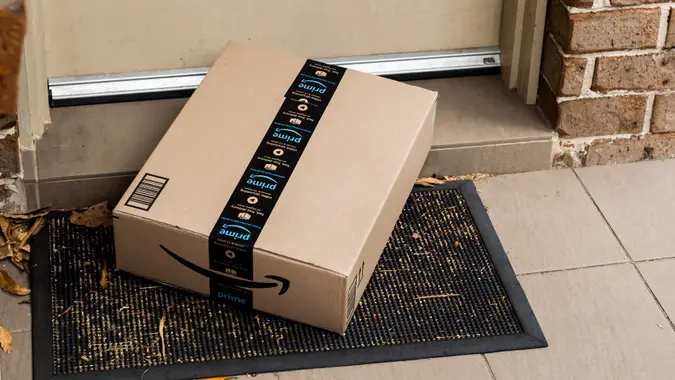
5 Most Overpriced Necessities at Amazon That You Should Always Get Elsewhere
December 02, 2025
6 min Read
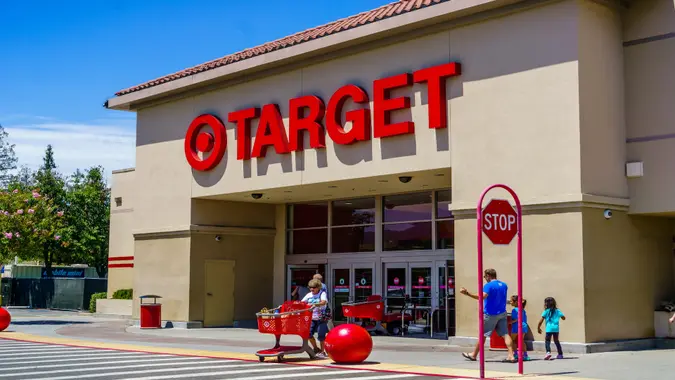
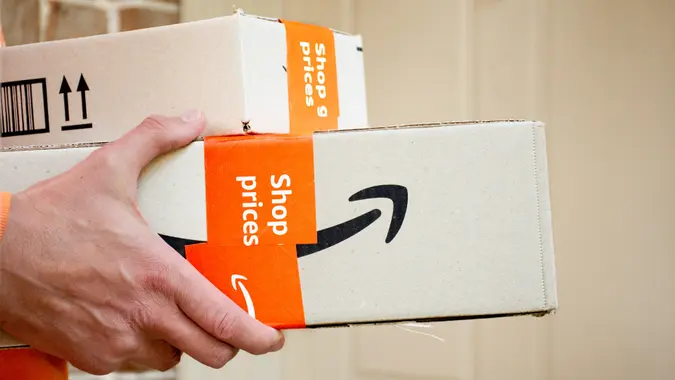
9 Amazon Products Under $50 That Will Reduce Your Utility Bills This Winter
December 03, 2025
6 min Read



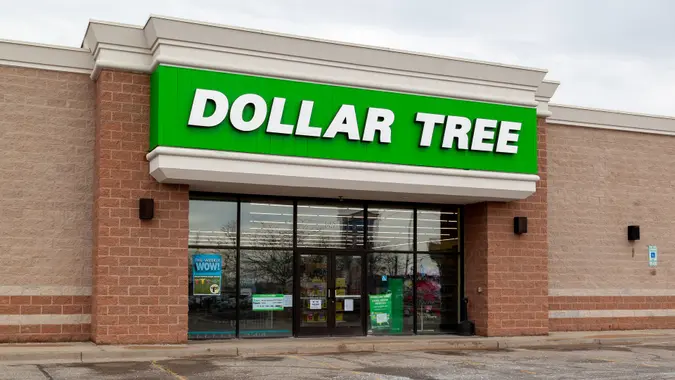
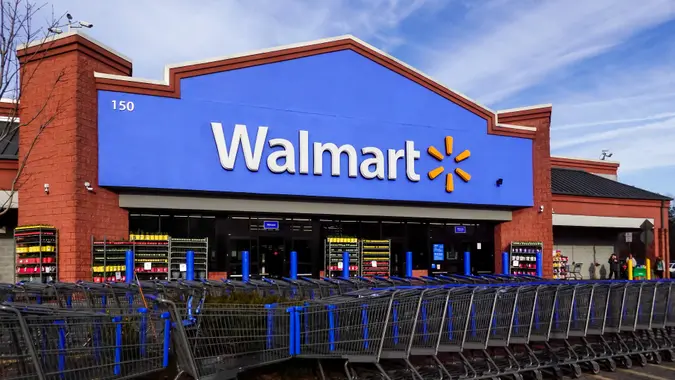

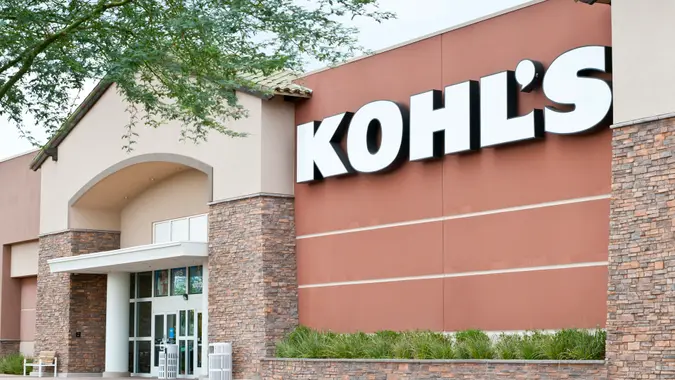
Kohl's Return Policy 2025: Time Limits, Exceptions and How Returns Work
December 03, 2025
6 min Read
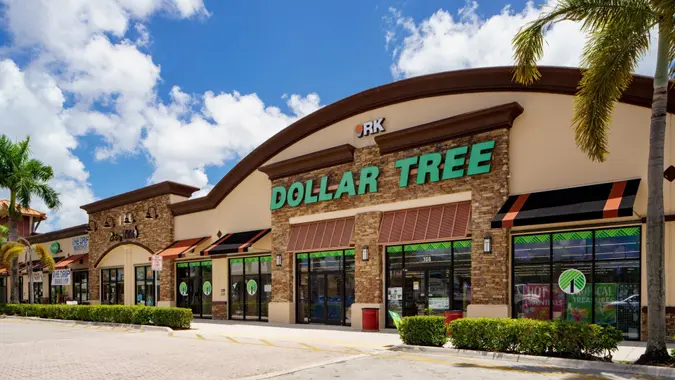
Make your money work for you
Get the latest news on investing, money, and more with our free newsletter.
By subscribing, you agree to our Terms of Use and Privacy Policy. Unsubscribe at any time.


Thanks!
You're now subscribed to our newsletter.
Check your inbox for more details.



Sending you timely financial stories that you can bank on.
Sign up for our daily newsletter for the latest financial news and trending topics.
For our full Privacy Policy, click here.
Looks like you're using an adblocker
Please disable your adblocker to enjoy the optimal web experience and access the quality content you appreciate from GOBankingRates.
- AdBlock / uBlock / Brave
- Click the ad blocker extension icon to the right of the address bar
- Disable on this site
- Refresh the page
- Firefox / Edge / DuckDuckGo
- Click on the icon to the left of the address bar
- Disable Tracking Protection
- Refresh the page
- Ghostery
- Click the blue ghost icon to the right of the address bar
- Disable Ad-Blocking, Anti-Tracking, and Never-Consent
- Refresh the page


